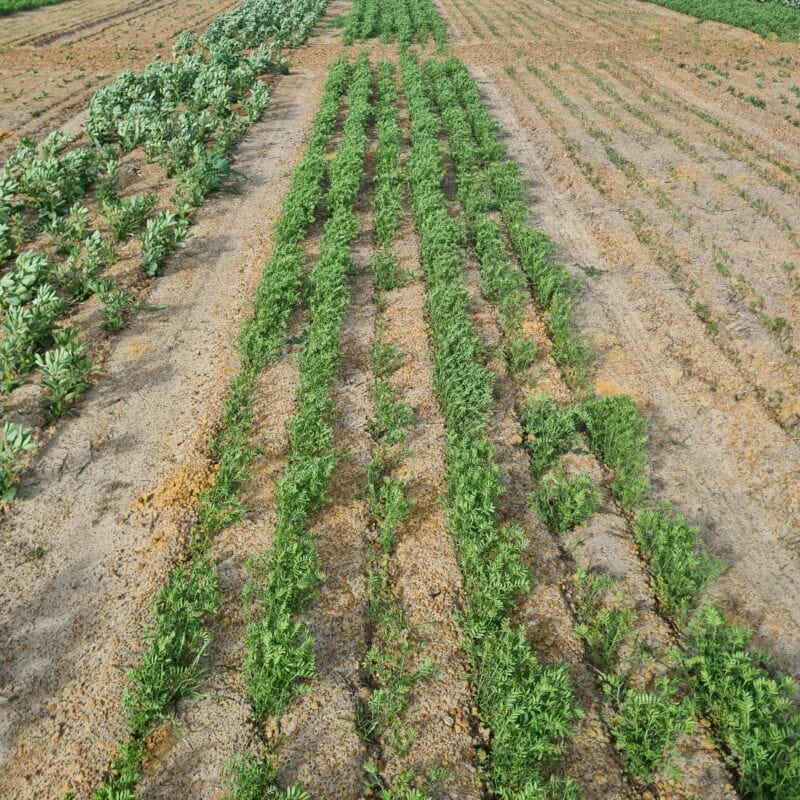The 2024 season in pictures Part 3
For years, on the Lower Eyre Peninsula, a common topic raised has been the incorporation of a profitable pulse in the rotation. Here towards the northern end of Marble Range, lentils and beans have been sown into a paddock that prior to amelioration was a deep ironstone sand over heavy clay, very prone to waterlogging and with a pH of around 4.3.
At the start of 2024, the paddock was spread with 5 t/ha of lime then deep ripped, spaded and rolled. At seeding in early June, pH in the 0-30cm zone was measured from pH 4.3-6.5. The focus in this trial was to see if the changing of soil structure will allow crops such as beans and lentils to grow without the usual issue of waterlogging. To offset any other potential issues, high rates of nitrogen and potassium were applied.
After average rainfall in June and July, the lentils appeared be on the brink of failure. One month later at the end of August, the beans and lentils were as seen in the pictures. Yes there are still lots of questions to answer, however considering the late start the accumulation of biomass for the soil type has been significant. Will beans be able to be grown more widespread if waterlogging is an issue? Or will lentils be able to sneak through in enough years to have a high enough margin compared to other alternatives? How long will it take to build up a suitable pH and background of rhizobia?


Photos and story: Jake Giles, EPAG Research, trial being conducted as part of the GRDC Legume extension project at Long’s farm, near Marble Range.